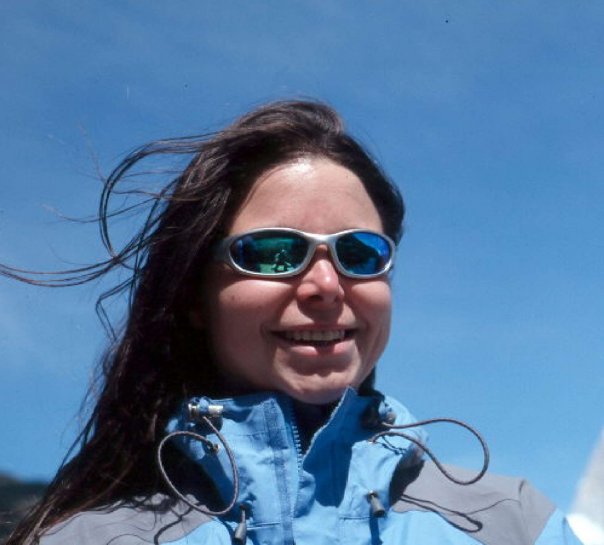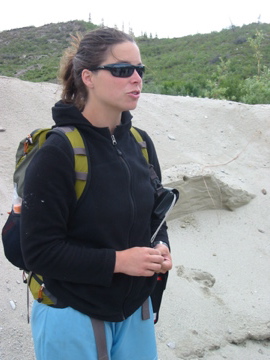
Visiting Instructor - Geology
Geology Department
| Union Home |
| Env. Science |
| Geology Dept. |
| Living on Edge |
| Mohawk Research group |
| Mohawk Symposium |
| Watershed hydrology and Environmental Science |
My research looks at understanding the impact of climate change on different surficial processes, particularly watershed hydrology and landscape variability. Student Research Opportunities Teaching Interests Courses Taught/Teaching at Union College
In addition, I also incorporate some basic GIS exercises, simple spreadsheet work and practical experience at oral and poster presentations in these labs and classes, as I feel these are important tools for today’s Geoscientist. Research Interests Current Research Hydroclimatic behaviour on the Kenai Peninsula in south-central Alaska is complex and dynamic. Spring snow melt and summer glacial melt runoff are the dominate sources of discharge and delivery of sediment to the large lakes on the Kenai Peninsula. In late summer and early autumn, large low-pressure systems building in the Gulf of Alaska produce significant rain-storms that further generate more runoff and sediment delivery to regional lakes. This complex seasonal pattern of runoff and sediment delivery can generate complex laminated sedimentary sequences in downstream lakes, that may be used as proxies of past hydroclimate variability. Previous work on the Kenai Peninsula at Skilak Lake, demonstrated the presence of laminated sediments (Perkins and Sims, 1983), initially interpreted as varves, the initial sedimentary record at Skilak Lake was later reinterpreted using tephrachronology and radionuclide dating (Stihler et al., 1992). The controversy surrounding the Skilak Lake sedimentary record interpretations make this site an ideal location to base detailed process limnology and sedimentology studies to characterize the nature of the laminated sediments. This summer’s work involved two rising Senior’s who worked in the field to gather data and observations for their Senior Research projects. Student’s interested in learning more about my research or other research opportunities in the Geology Department should contact me. Past Research Sedimentation processes and environmental signals from sedimentary records in two High Arctic lakes – Cape Bounty, Melville Island, Nunavut, Canada This is an on-going study of the hydroclimatic and geomorphic processes that control snowmelt runoff and sediment transfer from the watershed and deposition into paired lakes in the Canadian High Arctic. It has established an important baseline from which to evaluate the mechanisms that contribute to the formation of the sedimentary record. In addition to enabling interpretations of the long sedimentary records, this first aspect contributes to our understanding of sediment transfer dynamics in systems with short-lived runoff events (e.g., high arctic, semi-arid regions, flash floods in deforested regions). Secondly, evaluating the long sedimentary records from paired catchments facilitates the development of two independent paleoenvironmental records and provides a key opportunity to quantify the strength of the climate signal in sedimentary record proxies through time.
Annually laminated lake sediments as proxies for hydrometeorological behaviour at White Pass, British Columbia / Alaska The thickness of varved sediments has been used as a proxy of temperature and/or precipitation in paleoclimate reconstructions. The objective of this project was to characterize and quantify the sub-annual hydrometeorological events that are recorded in annually laminated sediments from hydroclimatologically sensitive lakes located in White Pass, British Columbia. . .. |
| 6 May, 2010 | ||
CONTACT: Jaclyn Cockburn +1, 518-388-8015(Office)
Email: cockburj@union.edu
|
||
All rights reserved. No part of the document can be copied and/or redistributed, electronically or otherwise, without written permission from: Chair of Geology, Union College, Schenectady NY, 12308-2311, USA.
Last Revised:
6 May, 2010
.
